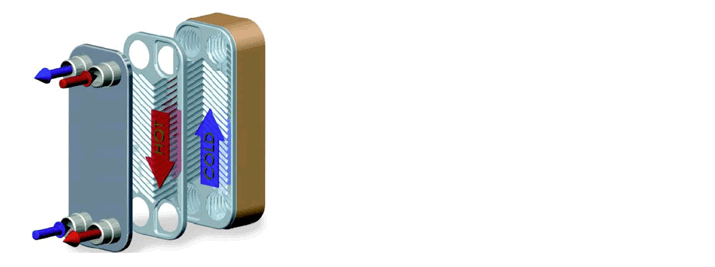Suggested research topics for molten salt reactors
The following is a partial list of research topics that could have a substantial improvement in the prospects for a commercially viable product.
Thermostat negative temperature control. The point of this topic is to end up with a strong negative temperature coefficient even at high temperatures and with low fission product burden.
Need to develop a design that is compatible chemically and good for neutron economy and for waste management
All carbon composite primary system. The point of this research idea is to be able to operate at high enough temperature (~900°C) for a direct cycle gas turbine or (~1050°C) to make hydrogen by thermo chemical water splitting cycle. We are speaking of vessel, piping, pumps and heat exchangers.
Avoid corrosion of metal alloys
Better tritium control with SiC layer
Can SiC be used to improve the neutron damage characteristics of graphite? The problem is thermal stresses and de-bonding due to differential thermal expansion
Alternative salt formulations. The point of this research is to avoid the problems listed below with Li and Be.
Be is expensive and hazardous to work with due to inhalation toxicity. Look at NaF, ZrF4, look at solubility enhancement, corrosion, neutron loss.
Safeguard and non proliferation analyses in use of Th-U-233 cycle. The point of this topic is to understand proliferation issues.
Maybe start up on reactor minor actinides (Pu and higher); get credit for taking on this material rather than paying for enriched U
Enhance U-232 production to promote non-proliferation by making diversion of U-233 harder, less desirable and easier to detect. See item 9 below.
Centrifuge for noble and semi-noble metal separations. The point of this work is to improve the outlook for extraction and handling of the precipitating fission products to enhance waste management strategies.
Incorporate into pump
Waste form and assay study. This topic emphasizes waste management, a vital aspect of nuclear energy.
Waste form: fluoride for interim and substitute fluorapatite for permanent storage
Plant description, size, undergrounding, cost, systems. Economic considerations are important motivators to develop this new nuclear power system.
Salt formulation
Underground design considerations
Cost analysis preliminaries
Power conversion cycle
System assessment along lines of NERI-2002 proposal. What is known about the molten salt reactor is decades old. Bringing up to date the database is vital to resurrecting the molten salt reactor development.
U232 proliferation for thorium
Kang and von Hipple article
J.D. Lee et al. UCID 19327 (1982)
Part 2, 398 pages
Chapter VII, 92 pages, on proliferation/fuel cycles by Dave Berwald, with special emphasis on the role of Pa231/U232.
Other topics
Liquid wall vortex for inertial and for magnetic fusion applications.
In this context, the work by Per Peterson and his grad student Phillip Bardet at UC Berkeley on the large diameter vortex that was stopped in 2005 needs somehow to be funded and restarted. Two topics are important:
Study the surface renewal kinetics to be able to predict surface temperature hence evaporation rates.
Heat transfer into a liquid droplet in vacuum by numerical calculations
A liquid droplet in vacuum heated from one side will develop a Hill’s Vortex-Marangoni convection cell. The stronger surface tension on the cold, back side will “pull” the surface from the hot side where its surface tension is lower. This surface motion will by viscosity set up internal circulation of a vortex nature. The heat input on the surface will heat up the interior. The objective of the numerical study would be to predict the surface temperature and interior temperature as a function of time for various liquids.

